During the 2022 SHOT Show as I walked the convention center exhibition floor, I came across the Kestrel booth where my attention was caught by a bright yellow shot timer unit dubbed the KST1000.
I was very excited by what I saw and eagerly anticipated the release. To understand why I was thrilled by a $299 shot timer, one needs to understand the use of shot timers.
Shot timers have become commonplace in shooter’s kits due to the prevalence of shooting competitions where stages are timed and the desire for competitors to practice under competition conditions. For many years, action shooting disciplines such as IPSC, IDPA, and 3-Gun have been the primary drivers for the demand on shot timer units, while other disciplines such as NRL and PRS have increased this demand. Not to mention, shot timers are used as training aids for people practicing for self-defense scenarios.
However, the shot timer units that have been produced are known to be fragile when it comes to drops, impacts, and water/humidity. These factors along with quality control have affected durability and reliability of shot timers with many action shooting competition clubs/venues needing to budget for regular replacements of shot timer units.
I initially purchased a shot timer in the early 2010’s to get a better understanding of my shooting capabilities from a holstered, port arms, or various other states of readiness. My first shot timer was the Competition Electronics Pocket Pro II.
While the Pocket Pro II works well, I had multiple issues with the Pocket Pro II unit. I believe the first unit I bought broke at the battery terminal where the 9V attached to and I had to send it in for repair. That unit eventually had an LCD failure where the LCD would stop displaying. I sent that one in for repair, but it later stopped functioning completely after a drop onto the ground.
I bought another Pocket Pro II which also had an LCD failure after a few months. I believe it was caused by storing it in the bed of my truck and humidity eventually affecting the electronics. While my truck has a bed cover, the amount of ambient humidity while the Pocket Pro II was not in a sealed bag or case likely resulted in the shot timer failing. Since I did buy it from Brownells, I elected to exercise the 100% Satisfaction Guarantee policy and obtained a replacement from Brownells.
This ended up being the last Pocket Pro II that I acquired and I do still have it. I have tried to baby it as much as possible and it is stored in a weather-sealed hard case. But when I started to run the NRL22 matches at my gun club, I ended up acquiring Competitive Edge Dynamics CED 7000 shot timers.
While the CED 7000 feels a little more durable and rugged because of the ability to encase them in a silicone protective cover, one of the CED 7000 units I have now has an LCD issue on the right side of the screen and it does not display the right edge values.
Given my experience with the Pocket Pro II and CED 7000 shot timers, the fact that Kestrel announced their own shot timer with what appears to be the same rugged quality as their weather meters is substantial to me.
Here are the notable features of the Kestrel KST1000 shot timer per Kestrel product marketing:
- Designed and built in the USA
- 5 Nameable setting presets
- 2 Easy-to-use screens from your hip or in your hand
- Compatible with dry fire and suppressed shooting
- Extra Loud Buzzer
- Waterproof and dust-proof
- Bluetooth Link Enabled
- Durable Drop-tested to MIL-STD-810G standards
The primary selling points for me are the weatherproof and drop resiliency characteristics. Of course, a shot timer needs to actually pick up shots, but I had no doubts that the shot timer would be functional and would have the same if not more features with regards to shot timing (e.g., random delay, par time, sensitivity adjustment, etc.).
While the Kestrel KST1000 was debuted in January 2022 at SHOT Show, the KST1000 was not available for order until August 2022, and it was still delayed by several weeks for day 1 orders. But after that long wait, I received my unit in October 2022.
So what is the hands-on impression of the production unit?
My initial hands-on impressions were quite positive with regards to the build quality. The KST1000 felt like it was stout where the unit case felt like a hefty Kestrel weather meter.
The plastic housing does not flex while you squeeze the KST1000, unlike a Pocket Pro II where the case will creak or make noise as the housing flexes due to pressure.
The screens on the KST1000 are phenomenal compared to the Pocket Pro II and CED 7000 shot timers, so much so that the latter units are not even in the same realm. The text is completely readable and the screen itself appears to be recessed beneath an outer (polymer) glass. Pressing on the outer glass of the screens does not cause the display to become distorted.
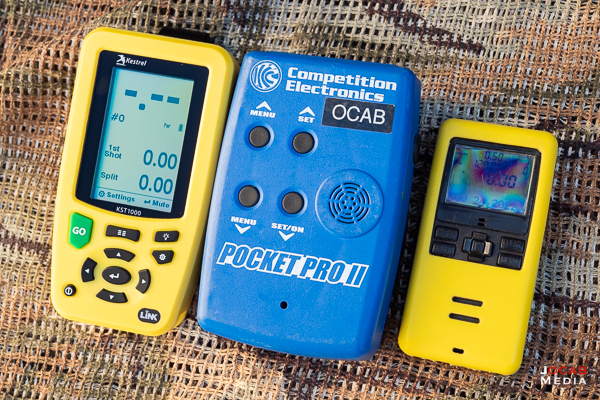
The KST1000 housing has other similar qualities to Kestrel weather meters, such as the lanyard attachment point and the battery door design (rubber sealing with door locking release).
The KST1000 is rated at IP67, which translates to submersion in 1 meter of water for up to 30 minutes. This is more than sufficient for use in the rain or 100% humid conditions.
It is worthwhile to note that the Kestrel KST1000 operates on two CR123 batteries. CR123 batteries have become quite common due to their use in flashlights.
The belt clip works to fit over a thin pocket or over a thick belt
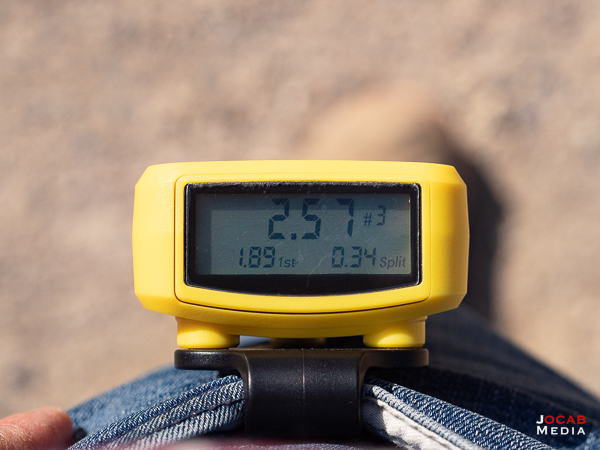
From a usage standpoint, the menu system is easy enough to use and is comparable to navigating the menu system on a Kestrel weather meter. The preset capability makes the KST1000 a lot easier to use for those who use a shot timer in varying disciplines.
For instance, if a person is shooting rimfire then a preset for rimfire practice with a high sensitivity and a delay time until the timer starts. Then if the person then goes to an IDPA match run stages for a squad, then the KST1000 can be switched to a different preset with the appropriate settings (e.g., no delay, lower sensitivity to reduce echo affecting the shot detection, different par time). Then if the person goes back to rimfire, the KST1000 can simply be toggled over back to the rimfire preset. No need to manually adjust timer delay, par times, and sensitivity every time the conditions change.
I have put the Kestrel KST1000 through its paces in rimfire and pistol shooting. My primary need for the KST1000 or any shot timer is for the NRL22 matches that I operate, and in that regard it has performed just as well as the CED 7000 for timing stages. Note that the Pocket Pro II has been very unreliable for rimfire and the CED 7000 performs far better.
That being said, the Kestrel factory preset for rimfire shots was not sensitive enough for my tastes and I went with a more sensitive setting.
For my pistol (and carbine) drills, the KST1000 performs flawlessly. I can use either screen as needed. The top screen provides the basic information I need keeping the unit on my belt line, while the larger display allows me to go through a longer string of fire with exceptional legibility even in bright sunlight.
One of the unique features of the KST1000 is that it can detect dry firing. I tried this out using the Dry Fire factory preset and it was not consistent. I ended up increasing the sensitivity and it only works if the pistol is near the KST1000. Placing the KST1000 on the belt and drying a pistol to fire seems to be too much distance between the pistol and shot timer for the hammer / striker sound to be detected.
What I ended up doing was place the KST1000 on a ledge, shelf, or high table top that would be near the pistol when it is extended away from me and in the firing position when the trigger would be pulled. This detected my dry fire shots.
It is interesting to note that snapping my fingers did not result in a shot detection while in dry fire mode / sensitivity. It makes me think that Kestrel may be using a specific pitch or tone detection to pick up a hammer or striker sound for dry fires.
With regards to ease of use, the Kestrel KST1000 is very user friendly for basic operation. I can hand the KST1000 to someone in a squad and ask them to run the timer without much instruction. All I need to tell them to operate the timer is, “Hit GO.”
Whereas with the CED 7000, I have to give people a hands-on overview on how to reset the timer for the next shooter and which button is to start the timer. Even worse, the CED 7000 will clear the par time setting if the operator hits the reset button one too many times during the reset process, at which point I need to show the person how to set the par time back to the appropriate setting for the given match.
I personally like the use of CR123 batteries in the KST1000. I already use lithium CR123 batteries because of my (tactical) flashlights. The Pocket Pro II uses a 9V battery which has become quite expensive with current inflation, especially if you want to use a lithium 9V.
Note that I use lithium 9V in most of my gear that uses a 9V battery because alkaline 9V batteries do not hold up to colder temperature swings very well at all. In a shot timer that ends up being stored in colder conditions, it is frustrating when breaking out the Pocket Pro II at the range only to find the battery has died. Note that the CED 7000 uses a rechargeable internal battery where the unit is plugged into a proprietary charger to recharge. While a rechargeable battery is a nice feature, I prefer the option of being able to quickly swap for a new battery (or batteries) if the battery dies, rather than being stuck with having to plug in and wait for a recharge.
The Kestrel KST1000 will pair with the Kestrel LiNK application for the purposes of firmware updates.
It would be interesting if they added a feature in the Kestrel app that will allow you to create and save presets on the phone, and then transfer them to the KST1000. I doubt this will happen, but it would be a bonus.
Are there any cons?
If I were to come up with any complaints about the Kestrel KST1000, I would have to say the timer start button could have been thought out better. There is only one button to start the timer which is the green GO button on the face of the unit. This is fine when using the unit handheld.
However, if using it on the belt line for timing one’s self, it would have been nice to have the GO button somewhere on the side of the unit. Furthermore, the GO button on the unit could have used a tactile indicator like a bump on the face of the button so the user can feel for the GO button without looking. This is minor criticism and definitely not a show stopper, but feedback nonetheless.
Should you buy this?
For those who use shot timers, a $299 shot timer may be a hard pill to swallow, especially if you need multiple units. However, as someone who has gone through several shot timers due to durability and reliability issues, I have to attest that the Kestrel KST1000 must be considered.
While you could acquire two competing shot timers for the cost of one KST1000, the odds of those breaking are significantly higher than the KST1000. For the person that needs only one timer, unless you buy two Pocket Pro II units at the same time to keep one backup on hand all the time, two Pocket Pro II’s will not do you any good over one KST1000 if the Pocket Pro II fails you at the range.
As a constant user of shot timers, I find that the Kestrel KST1000 is $299 well spent. While I have not drop tested my KST1000 unit, I have no doubt it will hold up to impact abuse. Furthermore, even though I have not tried to test the water resistance, I have no doubt it will hold up to water just as well as my Kestrel 5700 Elite Ballistics weather meter. The 5-year manufacturer warranty should also provide peace of mind for this new product offering from Kestrel.
This may not an exciting review for most people as shot timers are somewhat niche products in the shooting community. However, those of you who use shot timers regularly for either personal training or for matches will likely have a lot to think about when it comes to acquiring your next shot timer.

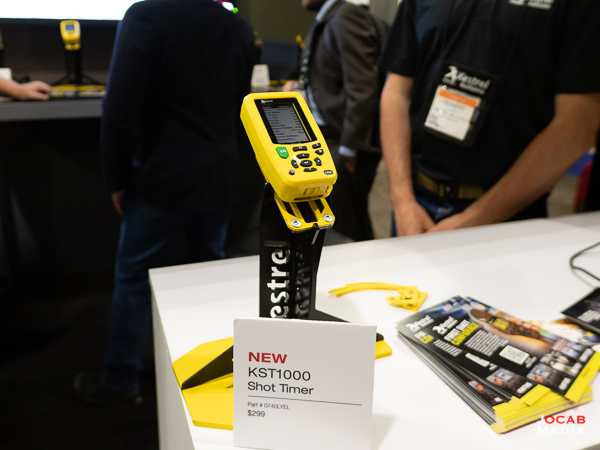
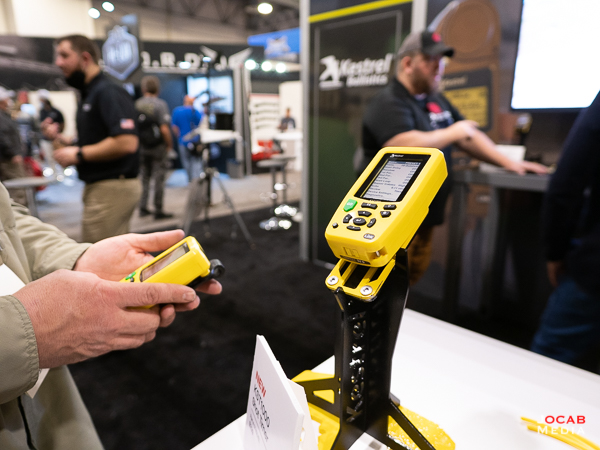
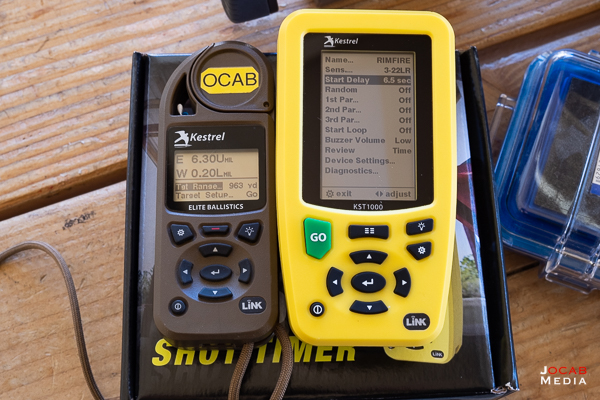
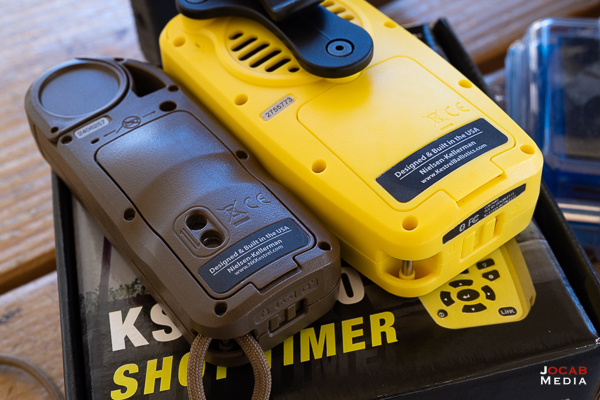
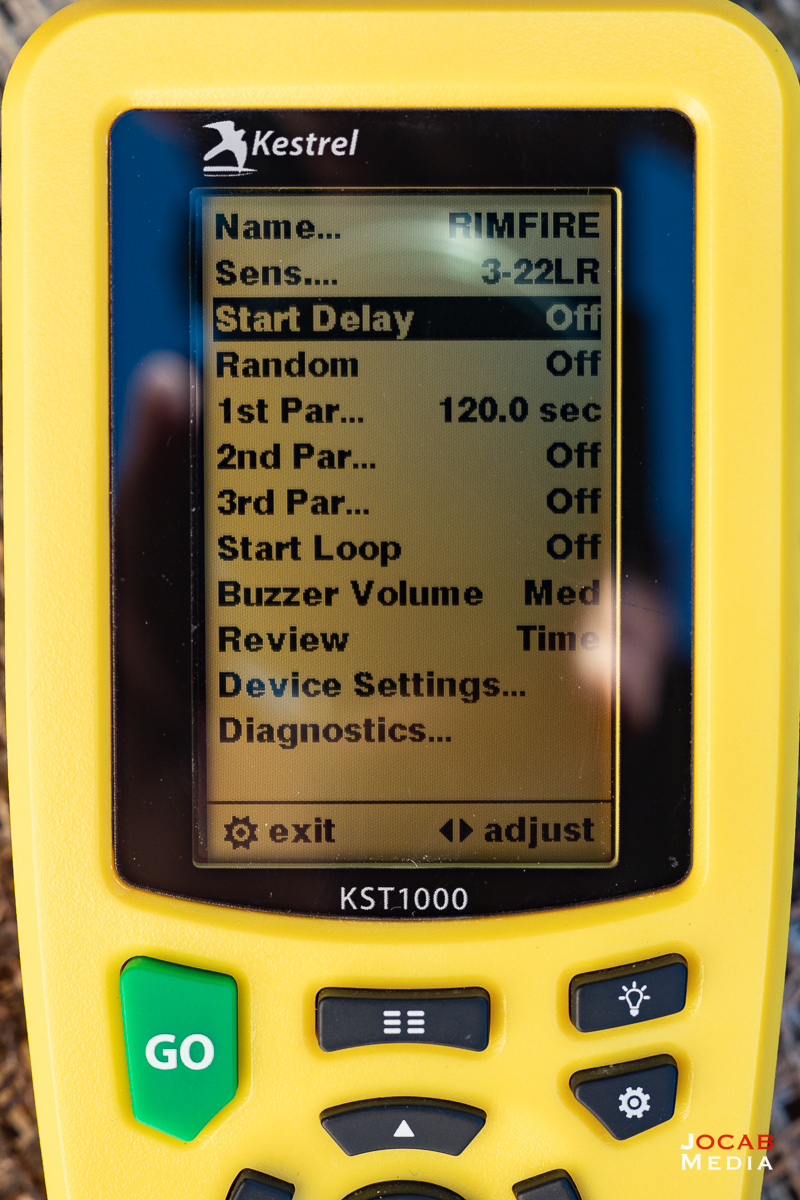
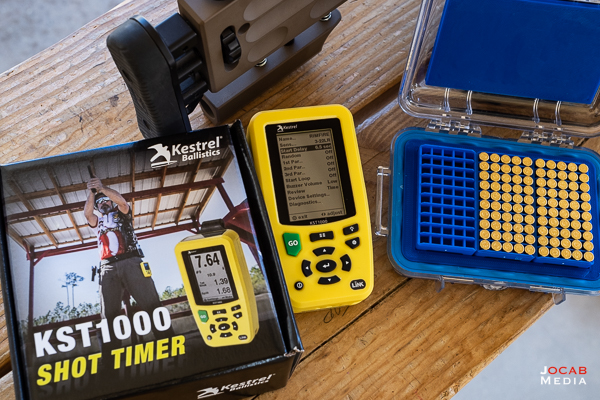
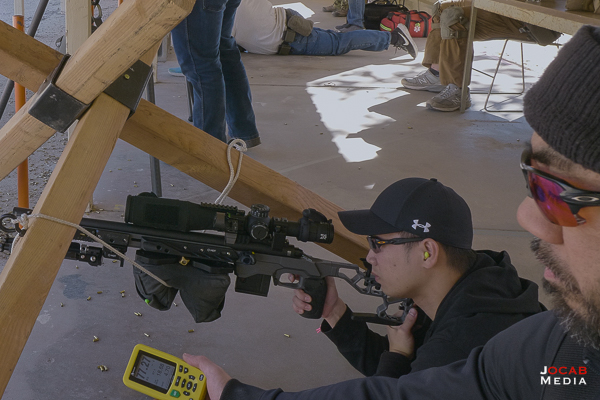
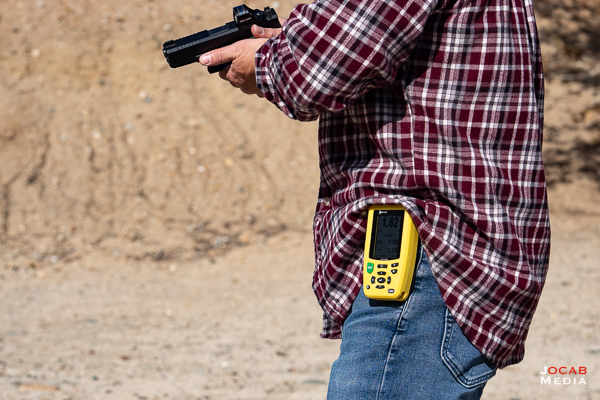
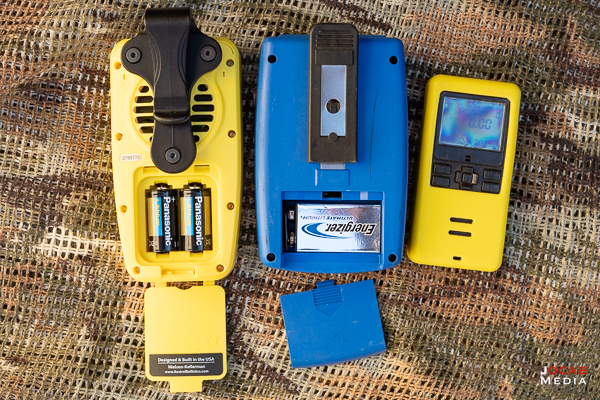
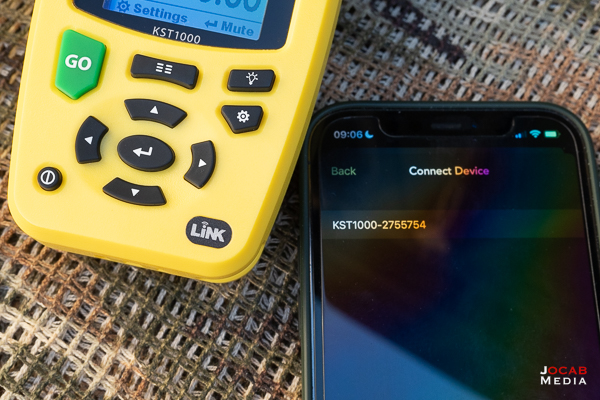
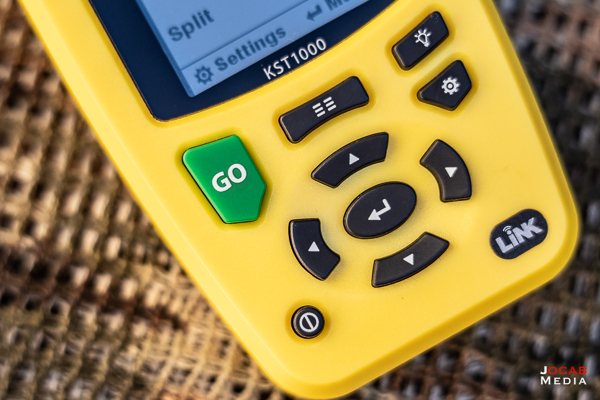
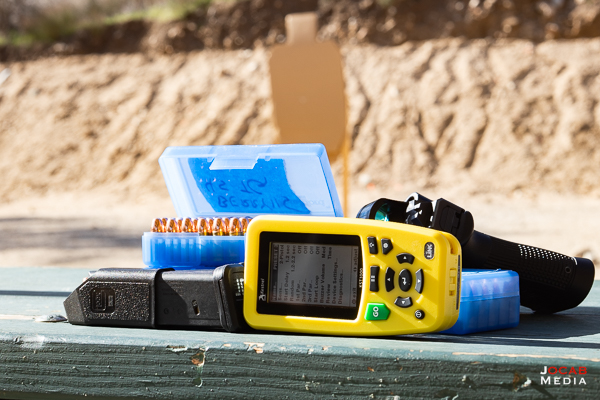
Comment on this post